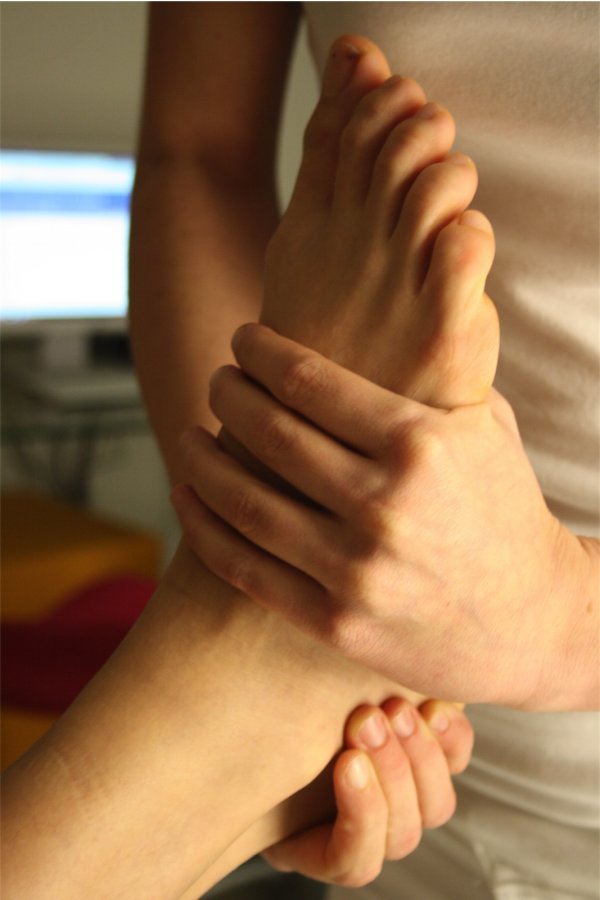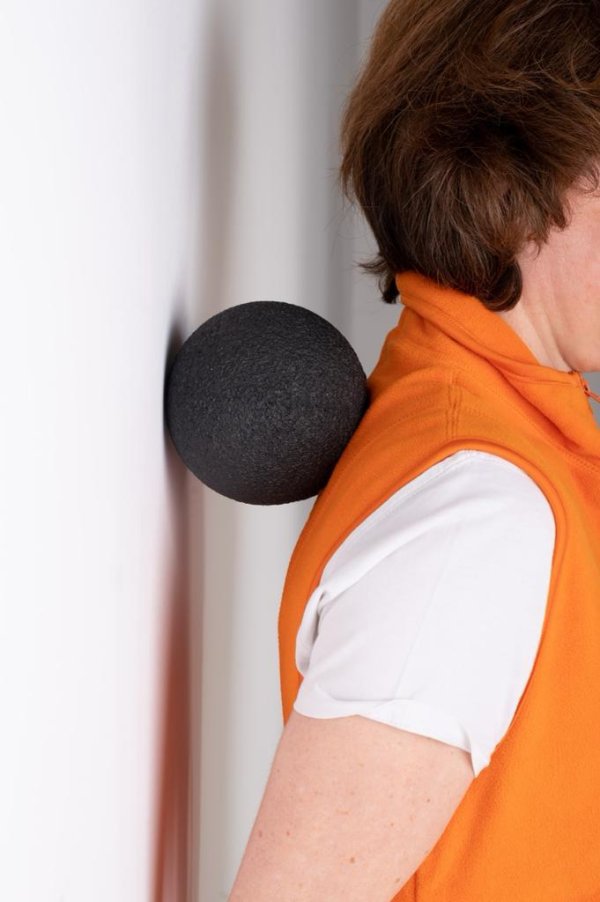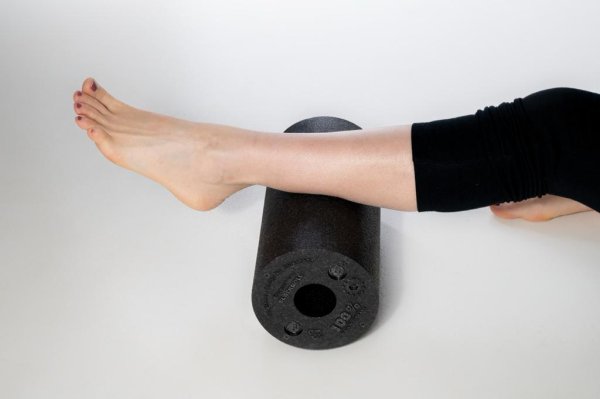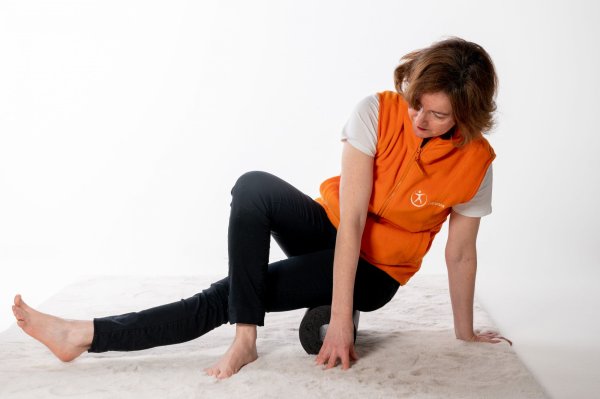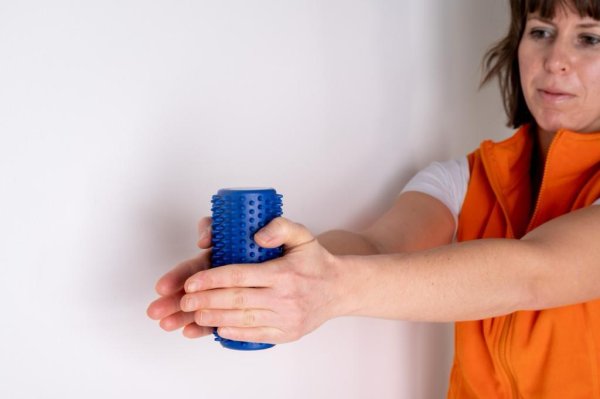Manual physiotherapy is a targeted treatment method that uses special hand movements to mobilise joints, release muscle tension and relieve pain in order to improve the body's mobility and function.
- Articulations
- Muscles
- Nerves
Manual Therapy (also called. Manual Medicine) treats functional disorders of the body systems (articulations, muscles and nerves). It includes diagnostic methods and treatment techniques, including alternative medical methods.
Fascia Therapy - the architects of our body
Fascia, on everyone's lips and until recently completely underestimated. They were even dissected away in order to better represent muscles and organs. Their importance lies in their function of connecting our "individual parts" with each other. They represent a continuous connecting tear-resistant connective tissue network of the body and are thus the architecture of our body. They give the body its shape and are often referred to as the sixth sense organ. Constantly moving 3-dimensionally in all directions, they represent an almost chaotic system. Fascia consist of collagen fibers, water and adhesives and are about 0.5 to 3 millimeters thick.
A crystal-clear fluid enables physiological free gliding and thus harmonious movements in all living mammals. This fluid reduces immediately after death, and the displaceability of the fascia against each other disappears. Scars or adhesions can also impair the free gliding ability of the fascia. Fascia surrounds your entire body: muscles, organs, bones, ligaments, vision and brain and are inextricably linked to the vascular and lymphatic systems. They connect the components of the body together.
> Sometimes patients ask me if a disorder in the foot can affect the head. Yes, of course.
For me as an osteopath, the connection can be explained through many systems, bones, muscles, organs, nerves, blood and lymph channels and of course fascia-chains. Fascia-chains are important in force transmission, movement coordination and harmonization and have a shock-absorbing effect. Equally important is the biochemical function. In order for the biochemical flow to function well into old age, I recommend a healthy diet, controlled fasting cures and, of course, exercise. Specific fascial training promotes strength and elasticity to withstand pressure forces and absorb them elastically in three dimensions.
"Fascial adhesions" can be causes of various chronic pain symptoms. Normally, they are arranged in a grid and are therefore very elastic. They can change their structure due to injury, stress, overload and lack of movement. The fascial structure appears matted. We then speak of glued fascia. In our civilised world, we sit a lot or often look at our mobile phones with our heads down. Our neck and shoulder muscles and our entire back suffer as a result. Pain receptors are activated. The smallest fascia injuries lead to micro-inflammations. The interaction between fascia and muscle or organ is then disturbed.
As an osteopath, I focus on the combination of small movements that are often very difficult or even impossible to see. For example, on the craniosacral rhythm or the peristalsis of the small intestine. Osteopaths refer to motility, which are the subliminal movements produced by the organ itself. Blockages at the level of the spine and the entire joint level are mechanically released. In physiotherapy, the focus is on visible large movements. The so-called fascia distortion model and the combination with TECAR are recommended as treatment options for stuck fascia. Targeted hand movements and the combination with deep heat loosen the fascia adhesions and encourage the body to form new collagen tissue.
